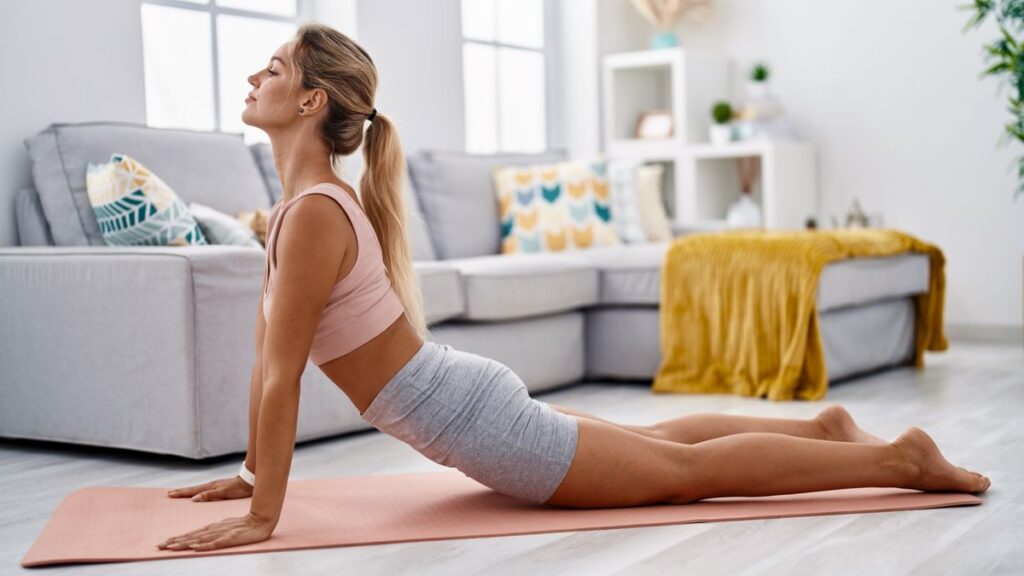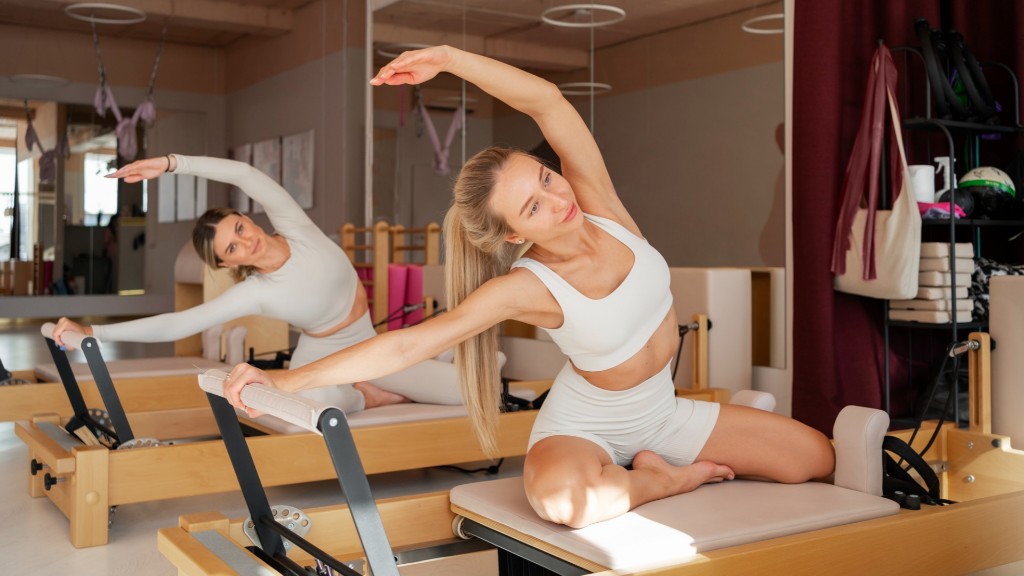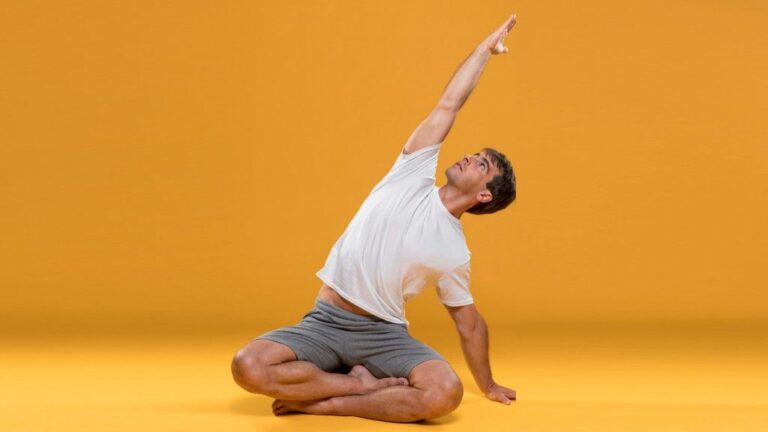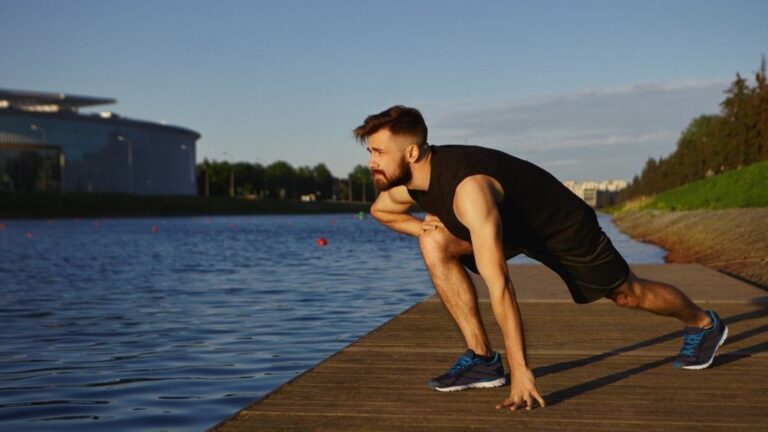Struggling With Pilates Progress? Here Are 5 Common Mistakes to Avoid – Hitting a plateau is one of the most frustrating yet common experiences in any fitness journey, and Pilates is no exception. Whether you’re a beginner still mastering the basics or an intermediate practitioner looking to deepen your practice, it’s easy to feel stuck when progress seems slow.
But before you throw in the towel—or the resistance band—take heart: plateaus often stem from small, correctable habits rather than a lack of effort. Below, we’ll explore five common mistakes that might be holding you back in Pilates and how to fix them so you can reignite your progress and enjoy all the benefits this transformative practice has to offer.
Table of Contents
1. Poor Form
One of the biggest pitfalls in Pilates is prioritizing quantity over quality. It’s tempting to rush through exercises or push yourself too hard, but poor form can lead to ineffective workouts—and even injury. Pilates is all about precision, and each movement should be performed with intention and control.
Also Read: 4 Hip Flexor Exercises a Trainer Always Recommends
How to Fix It: Slow down and focus on mastering the fundamentals. Pay attention to alignment cues from instructors or videos, and use mirrors if possible to check your posture. If you’re unsure whether your form is correct, record yourself during a session and compare it to demonstrations by certified instructors. Remember, doing fewer reps with proper technique will yield better results than powering through with sloppy execution.
2. Inconsistent Practice
Pilates isn’t a “one-and-done” kind of workout; consistency is key to seeing improvements in strength, flexibility, and overall body awareness. Missing sessions frequently or only practicing sporadically makes it harder to build momentum and maintain progress.

How to Fix It: Treat Pilates like brushing your teeth—it’s most effective when done regularly. Aim for at least two to three sessions per week, even if they’re shorter. If time is an issue, break your routine into bite-sized chunks, such as 10- to 15-minute mat sessions. Consistency doesn’t mean perfection; just showing up consistently will keep you moving forward.
3. Neglecting Core Engagement
The core—the “powerhouse” of Pilates—is central (pun intended!) to every exercise. Yet many practitioners overlook its importance, relying instead on other muscle groups to compensate. Without proper core engagement, you miss out on the full benefits of each move and risk straining other areas of your body.
Also Read: 7 Go-To Strength Exercises for Lasting Fitness and Health
How to Fix It: Before starting any exercise, take a moment to connect with your core. Imagine zipping up your abdominals as if tightening a corset, and think about drawing your navel toward your spine. Throughout your session, periodically check in with your core to ensure it remains active. Over time, this mindfulness will become second nature.
4. Skipping Foundational Exercises
Foundational exercises may seem basic, especially if you’ve been practicing Pilates for a while, but they lay the groundwork for more advanced moves. Skipping these fundamentals can leave gaps in your technique, making it difficult to progress safely and effectively.

How to Fix It: Don’t shy away from revisiting beginner-level exercises, even as you advance. Incorporate foundational moves like the Hundred, Roll-Up, or Single-Leg Stretch into your routine regularly. These exercises reinforce essential principles like breath control, pelvic stability, and spinal articulation, which are critical for mastering more complex sequences later on.
5. Not Seeking Professional Guidance
While online tutorials and self-guided workouts have their place, attempting to learn Pilates entirely on your own can lead to misunderstandings about technique and missed opportunities for growth. A qualified instructor can provide personalized feedback, ensuring you’re performing exercises correctly and challenging yourself appropriately.
How to Fix It: Invest in a few private or group sessions with a certified Pilates instructor. They can assess your strengths and weaknesses, tailor exercises to your needs, and help you refine your form. If in-person classes aren’t an option, consider virtual coaching or high-quality instructional videos from reputable sources. Remember, guidance doesn’t mean giving up autonomy—it means setting yourself up for success.




